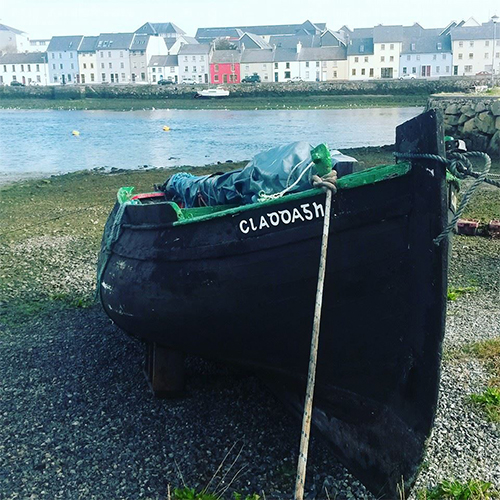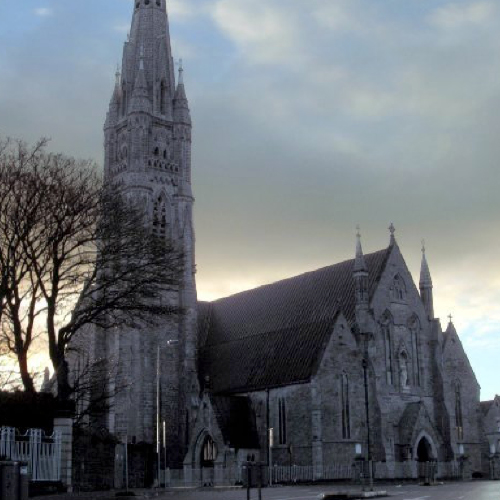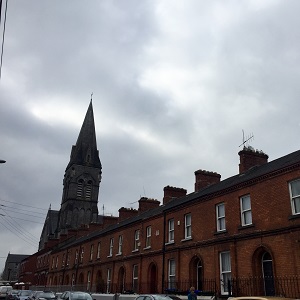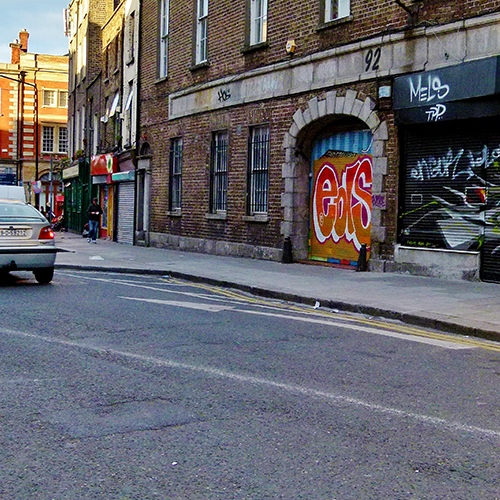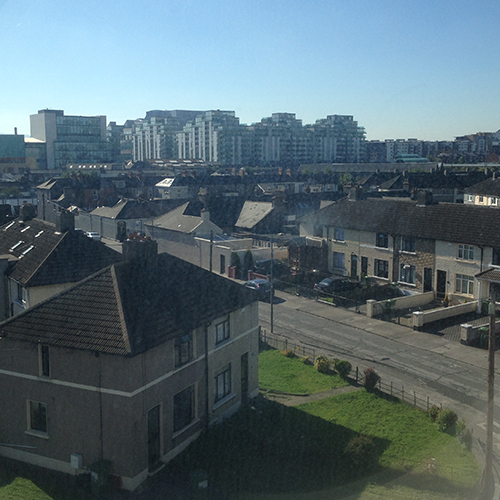Galway
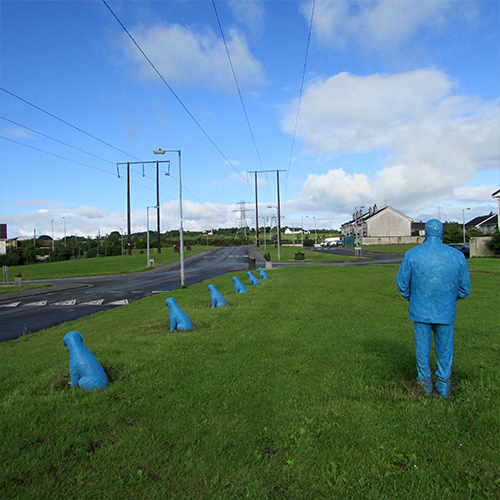
Doughiska
Doughiska is a newly-built, developing and exceptionally diverse neighbourhood in the outer suburbs of Galway city. This neighbourhood is located as one locale within the greater Roscam, Ardaun and Doughiska (ARD) community structure. Doughiska is involved in a process (led by community stakeholders) that sets out to integrate and build capacity across Ardaun, Roscam and Doughiska as one broader community context. Doughiska's urban landscape has rapidly changed over the last 10 years, with houses and recreational amenities replacing the once green fields. Much of this transition has been driven by urban pressures related to demographic and economic growth which has seen a high influx of people moving to Doughiska. Doughiska has nearly 50% non-Irish residents, making the community rich in a variety of cultures and traditions. This diversity is at the heart of the community, with every effort being made to make the community as inclusive and cohesive as possible. Change brings about its own challenges. These can be investigated through people’s experiences of the community.
